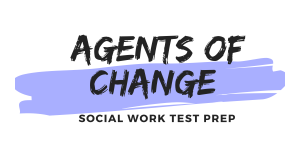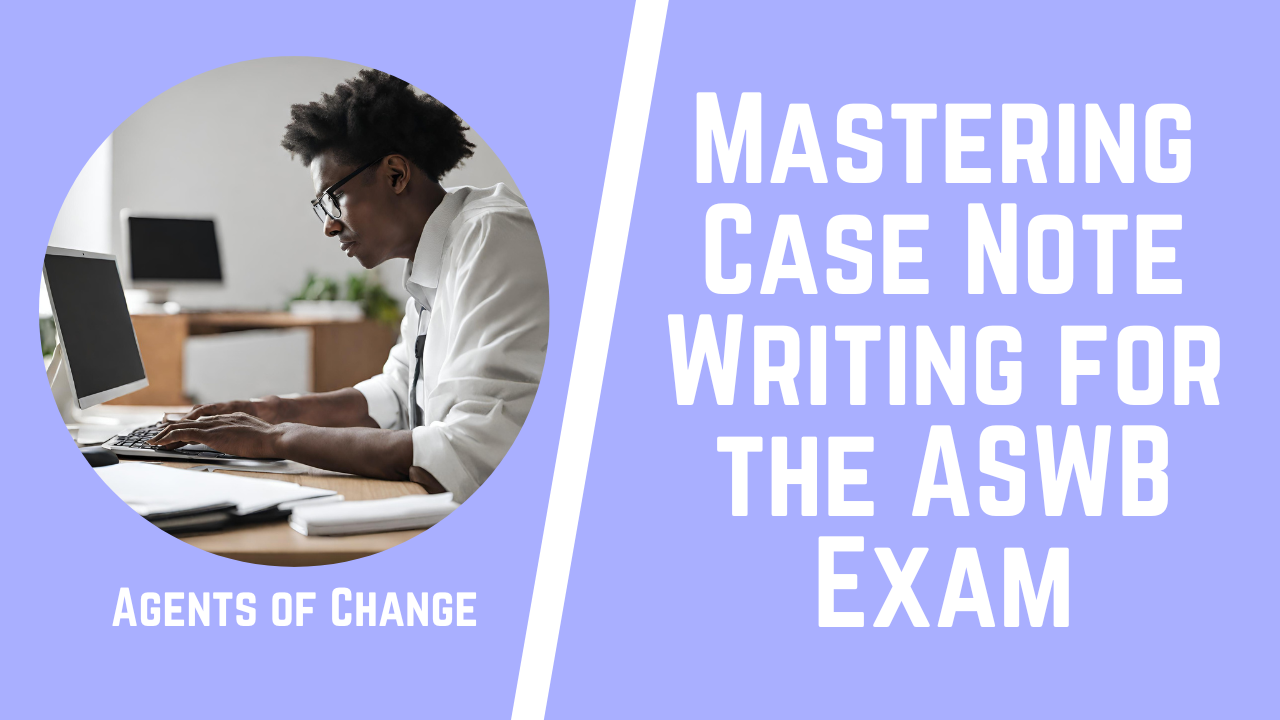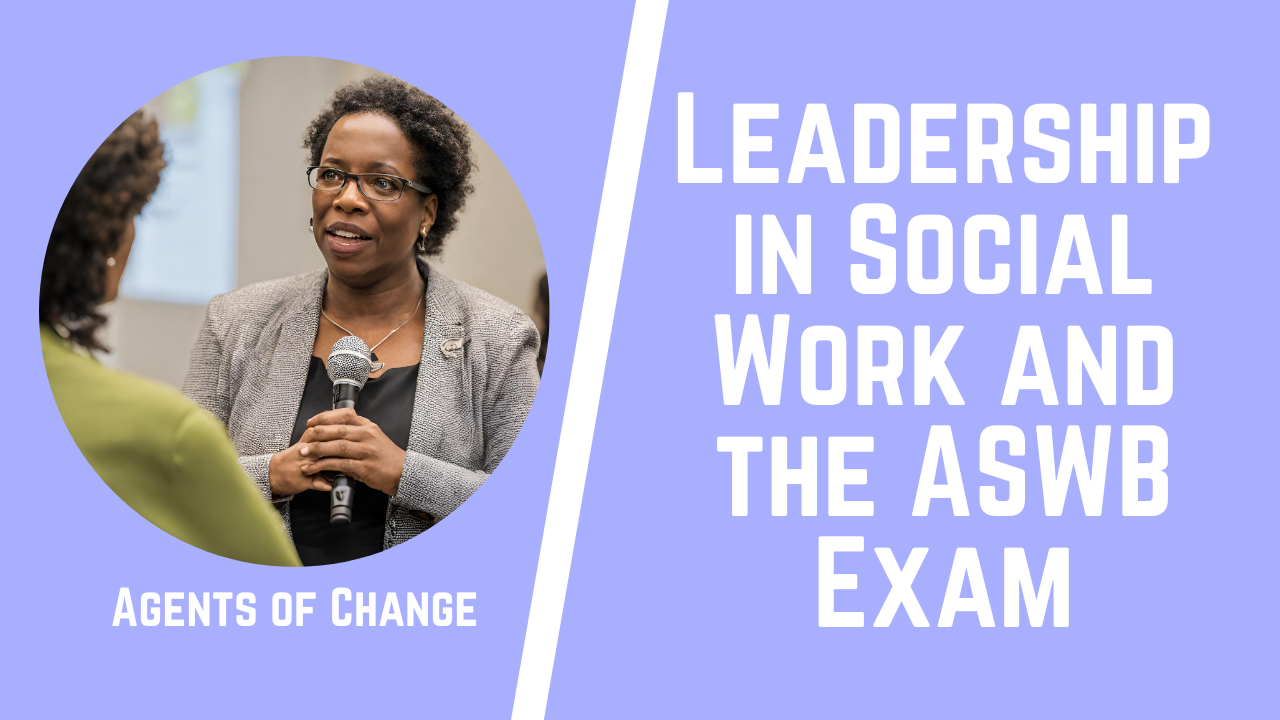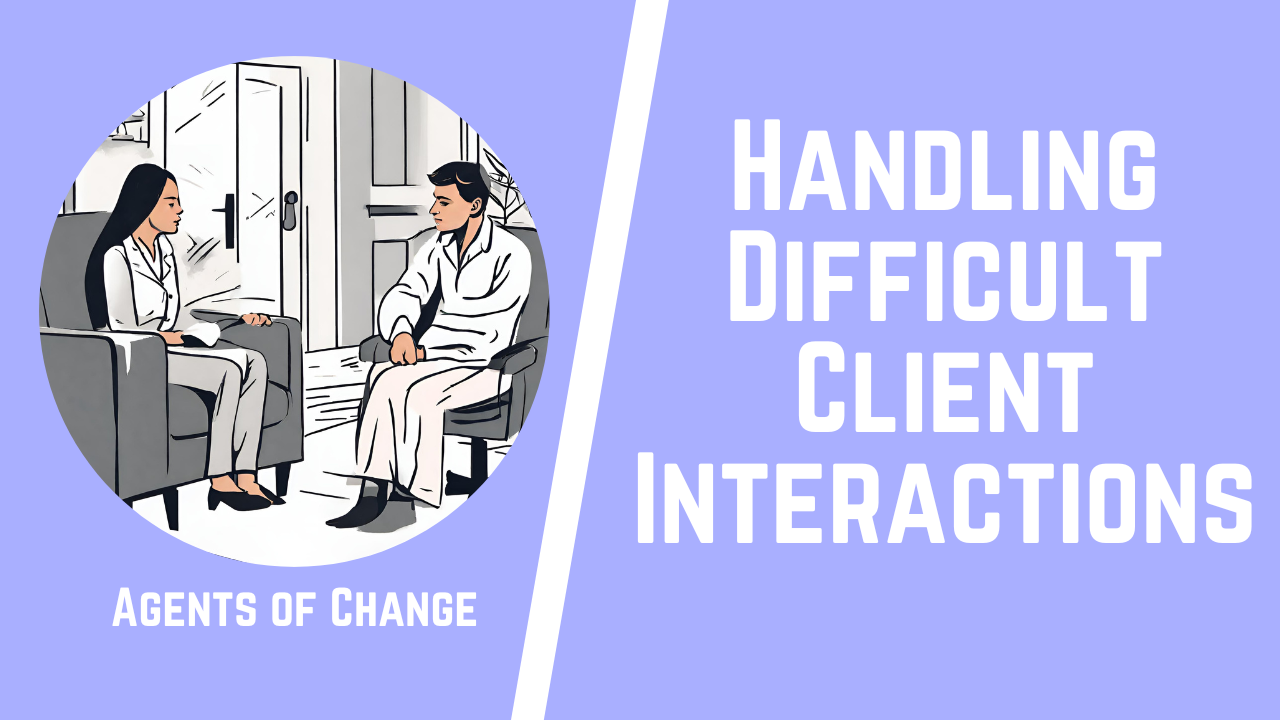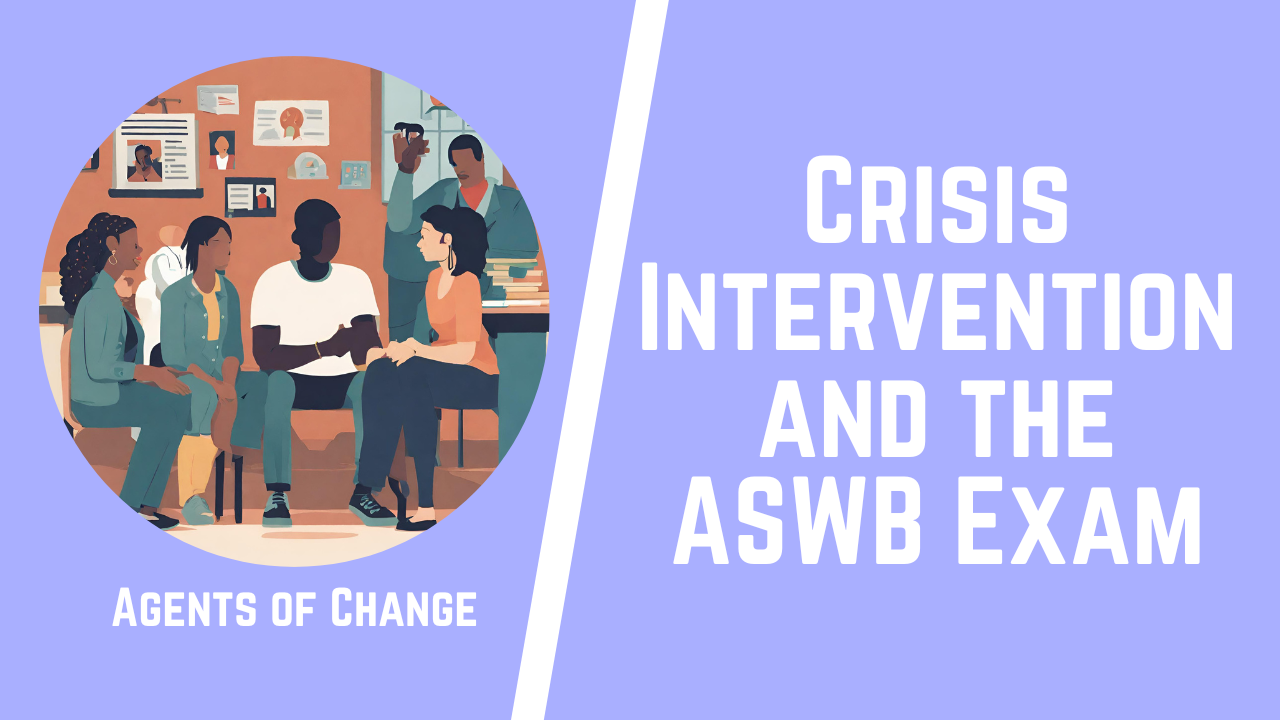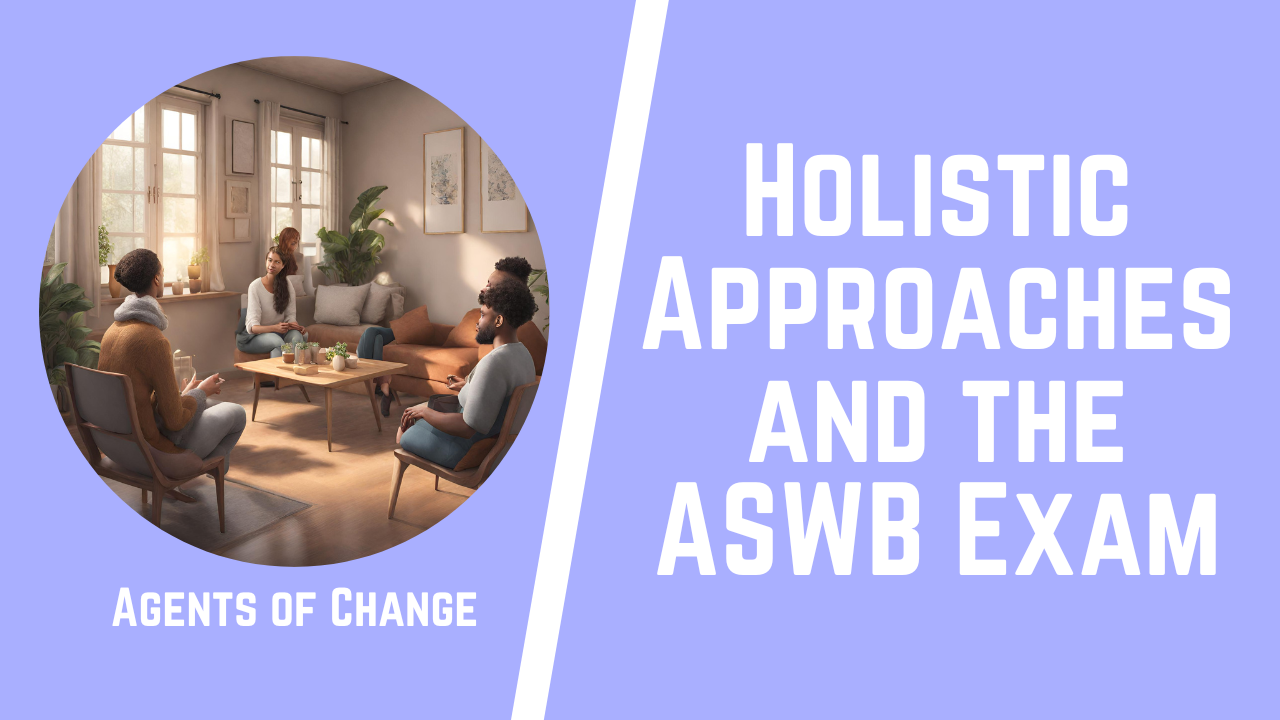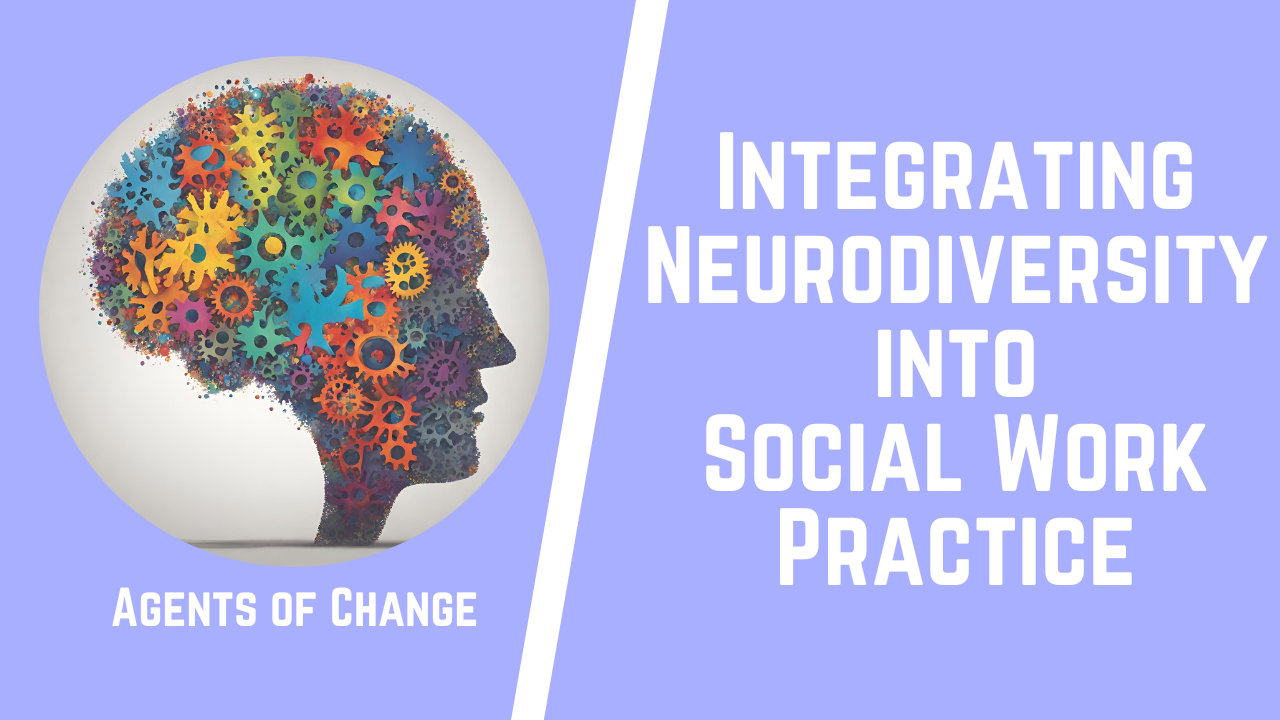Are you on a mission to conquer the challenge of the ASWB exam? Then you’ve landed at the right place!
Together, we’ll unravel the mysteries of structural family therapy, one of the key areas you’ll encounter in your exam prep journey. As we dive into the depths of this topic, we’ll highlight its relevance to the ASWB exam, and provide study tips to ensure you’re ready to conquer this mountain with confidence. So, let’s get reviewing, shall we?
1) Breaking Down Structural Family Therapy
At its core, structural family therapy is a highly interactive approach, one that explores the hidden dynamics in families and how they affect individual behaviors and interactions. But don’t just memorize the definition; let’s break it down!
A Closer Look at the Family Structure
In structural family therapy, the family is seen as a single entity, with an emphasis on the relationships and interactions among its members.
- Hierarchy: This refers to the power dynamics within the family. Who’s calling the shots? How are decisions made? Understanding this is crucial.
- Subsystems: Families are not just one unit. They have different subsystems like parental, sibling, and extended family subsystems. These subsystems interact with each other, influencing family dynamics.
- Boundaries: This could be clear, diffuse, or rigid. Clear boundaries ensure healthy interaction and emotional protection. On the flip side, diffuse boundaries can lead to enmeshment (a relationship between two or more people in which personal boundaries are permeable and unclear), while rigid ones can result in disconnection.
2) Structural Family Therapy and the ASWB Exam
Now that you have a basic understanding of structural family therapy, let’s explore how it connects to the ASWB exam.
Why it Matters
Structural family therapy is one of the key areas that ASWB exam covers. Understanding families’ structural dynamics is crucial. It equips you to effectively intervene and support families in managing their challenges.
What You Need to Know
- Concepts: Understand the basic concepts like hierarchy, subsystems, and boundaries.
- Applications: Learn how these concepts are used in real-life situations. For example, how do rigid boundaries impact a child’s behavior?
- Therapy Techniques: Study the techniques used in structural family therapy such as unbalancing, enactment, and restructuring.
- Ethical Considerations: Remember, you’re a Social Worker first. Grasp the ethical implications while working with families.
Study Tips
- Connect Theory and Practice: Understand the theory, but don’t forget to link it to real-world scenarios.
- Practice Questions: Don’t underestimate the power of practice! Agents of Change offers hundreds of practice questions with all of our programs.
- Group Study: Consider a study group. Brainstorming and discussing with peers can deepen your understanding.
3) ASWB Practice Question – Structural Family Therapy
Question: Juan, a Social Worker, is working with the Smith family, which includes two parents and their three children. The parents express concern about their eldest son, Alex, who is displaying rebellious behavior at school. Juan uses a structural family therapy approach to understand the dynamics within the family. He notes that the parents have diffuse boundaries with their children, often treating them as equals rather than their offspring. According to the principles of structural family therapy, how might these boundaries be contributing to Alex’s rebellious behavior?
A) Alex’s rebellious behavior is unrelated to the boundaries within his family.
B) The diffuse boundaries are leading to Alex feeling overwhelmed with too much responsibility.
C) The diffuse boundaries are causing Alex to lack a sense of discipline and respect for authority figures.
D) The diffuse boundaries are causing Alex to feel isolated from his family.
Answer: C) The diffuse boundaries are causing Alex to lack a sense of discipline and respect for authority figures.
Rationale: In structural family therapy, diffuse boundaries often lead to a lack of structure and discipline within the family. This can result in children, like Alex, not respecting authority figures, which can manifest as rebellious behavior.
Answer choice A is incorrect because structural family therapy holds that family dynamics, including boundaries, have a significant impact on individual behavior.
Answer B is incorrect as diffuse boundaries more commonly lead to enmeshment and blurred roles rather than overwhelming responsibility.
Answer D is incorrect because diffuse boundaries typically lead to enmeshment rather than feelings of isolation.
4) FAQs on Structural Family Therapy
Q: Why is structural family therapy important for the ASWB exam?
A: Structural family therapy is a key component of the exam. It’s essential for understanding the dynamics within families and developing effective interventions. Learn more about Structural Family Therapy and get access to hundreds of additional practice questions with Agents of Change.
Q: I’m struggling with understanding the concepts. What can I do?
A: Don’t stress! Try breaking the concepts down into smaller parts and relating them to real-life situations.
Q: Are there any specific books or resources you recommend for studying this?
A: Yes, Salvador Minuchin’s “Families and Family Therapy” is a classic resource. Also, consider online resources like Agents of Change that explore these concepts further and review practice questions.
5) Conclusion
Conquering the ASWB exam is no small feat, but with a deep understanding of concepts like structural family therapy, you’re well on your way to success.
Remember, it’s not just about passing an exam, but equipping yourself with knowledge and skills to make a difference in the lives of those you serve. Dive into your study material, understand those family dynamics, practice those questions, and when the day comes, walk into that examination hall with confidence. You’ve got this!
Learn more about Structural Family Therapy and get access to hundreds of additional practice questions with Agents of Change.
We’ve helped thousands of Social Workers pass their ASWB exams and want to help you be next!
————————————————————————————————————————————————
► Learn more about the Agents of Change course here: https://agentsofchangeprep.com
About the Instructor, Meagan Mitchell: Meagan is a Licensed Clinical Social Worker and has been providing individualized and group test prep for the ASWB for over five years. From all of this experience helping others pass their exams, she created the Agents of Change course to help you prepare for and pass the ASWB exam!
Find more from Agents of Change here:
► Facebook Group: https://www.facebook.com/groups/aswbtestprep
► Podcast: https://anchor.fm/agents-of-change-sw
#socialwork #testprep #aswb #socialworker #socialwork #socialworktest #socialworkexam #exam #socialworktestprep #socialworklicense #socialworklicensing #licsw #lmsw #lcsw #aswbexam #aswb #lcswexam #lmswexam #aswbtestprep #aswbtest #lcswtestprep #lcswtest #lmswtestprep #lmswtest #aswbcourse #learningstyles #learningstyle
Disclaimer: This content has been made available for informational and educational purposes only. This content is not intended to be a substitute for professional medical or clinical advice, diagnosis, or treatment
